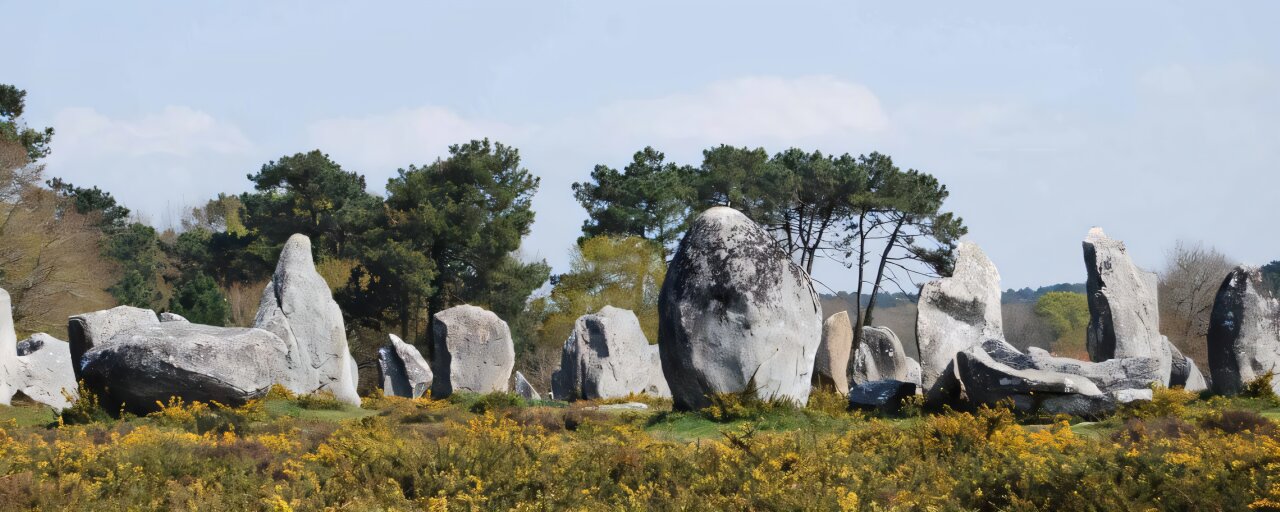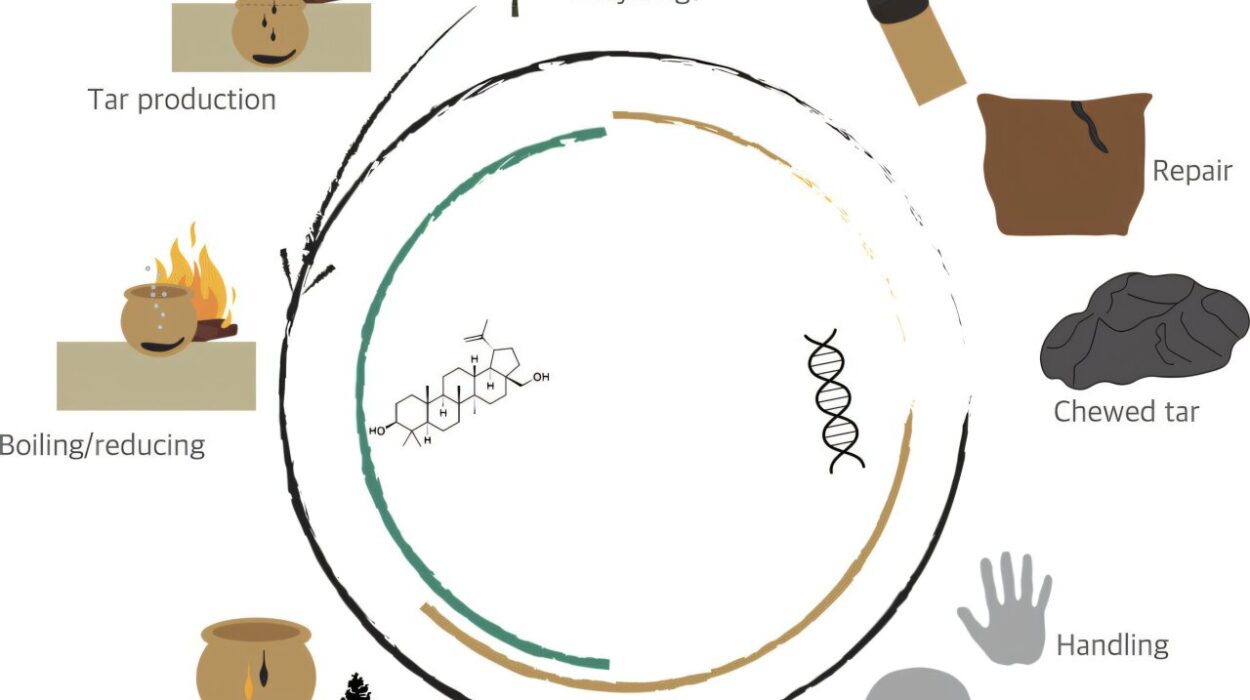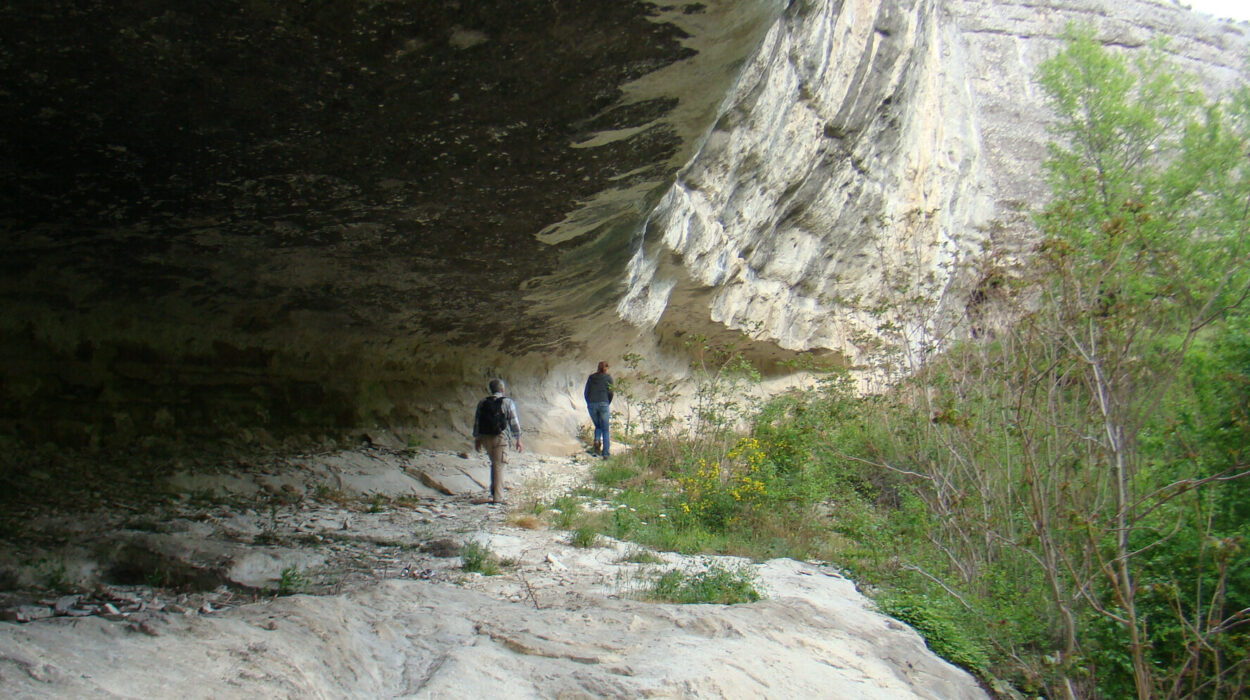In the windswept coastlines of Brittany, France, ancient stones rise like silent sentinels from the Earth—guardians of a forgotten past. For centuries, they’ve stood unyielding, their meaning shrouded in mystery. Now, science is finally beginning to hear what these stones have been trying to tell us for more than 6,000 years.
In a historic breakthrough, researchers have pinpointed the age of the famed Carnac stone alignments with unprecedented precision, placing their construction between 4600 and 4300 BCE—making them among the earliest megalithic monuments in Europe, possibly even predating the temples of Malta and the famous Stonehenge of England.
“This changes everything,” says archaeologist Bettina Schulz Paulsson of the University of Gothenburg, the lead researcher on the NEOSEA project, a French–Swedish collaboration that is rewriting the prehistory of Europe’s megaliths. “Not only do these findings confirm that the Bay of Morbihan is one of Europe’s first megalithic centers, but they also open up entirely new understandings of why, and how, these incredible monuments were built.”
The research, recently published in the journal Antiquity, has revealed stunning new insights into a civilization that lived long before the pyramids of Egypt were even conceived—a people who organized vast building projects without metal tools, wheels, or written language, yet left behind monumental messages carved in stone.
Stone Lines That Whisper Across Millennia
Stretching across more than 10 kilometers of landscape, from Carnac and La Trinité-sur-Mer to Erdeven, the region is home to over 3,000 standing stones—rows and rows of granite monoliths rising from the earth like fossilized waves. These aren’t random boulders. They’re deliberate, carefully aligned, and placed with stunning geometrical precision, long assumed to serve some ceremonial or astronomical purpose.
But until now, their true age—and their meaning—remained elusive.
The soil in Brittany’s Morbihan region is notoriously acidic. Bones and other organic materials quickly dissolve, denying archaeologists the traditional clues needed to radiocarbon-date such ancient sites. The few surviving charcoal fragments offered only vague timelines. As a result, for decades, scientists could only guess at when the stones were raised.
That guesswork is now over.
At a newly discovered site called Le Plasker, located in the heart of Plouharnel near the Carnac alignments, rescue excavations uncovered foundation pits, hearths, and fire structures aligned with the long-lost stone rows. Though the stones themselves were long removed—perhaps to build roads or buildings centuries ago—their bases remained intact, preserved like the shadows of giants.
Using Bayesian statistical modeling, a technique that combines radiocarbon dates with prior archaeological knowledge to produce more precise timelines, the team analyzed nearly 50 carbon samples from hearths and surrounding sediments. The results point to an astonishingly early origin—around 4600–4300 BCE.
“This kind of chronological clarity has never before been possible in this region,” says Audrey Blanchard, excavation director at Archeodunum and a researcher on the NEOSEA project. “It’s like having a fog lift from one of Europe’s oldest and most mysterious cultural landscapes.”
Built on Fire and Memory
The presence of hearths and fire pits at the alignment sites is particularly tantalizing. Fire, in many prehistoric cultures, was central to ritual, community, and transformation. The team suggests that these fire features may have played a vital role in the construction process—either as practical tools for lighting and cooking or as part of communal feasts and ceremonies held during the raising of the stones.
Whether these fires were used to illuminate the stones at night, guide processions, or cook food during religious gatherings remains an open question. What’s clear is that the alignments weren’t just functional or symbolic—they were social events, echoing with human voices, flame, and purpose.
In a poetic twist, beneath one of the newly discovered tombs dating back to around 4700 BCE, the researchers uncovered the remains of a Mesolithic hut—evidence of a hunter-gatherer dwelling that existed centuries earlier. Here, the transition from a nomadic life to a settled, monument-building culture can be traced in layers of soil and stone.
It’s as if the builders were consciously reclaiming the land from their ancestors—not erasing their past, but honoring it with permanence.
Rewriting Europe’s Prehistoric Map
The implications of this discovery go far beyond Carnac.
For decades, archaeologists debated whether the tradition of megalith building originated in the British Isles, Scandinavia, or the Mediterranean. The new findings push the origin point further back—and firmly root it in the French Atlantic coast.
“This confirms that the Bay of Morbihan was not just an early site—it was the early site,” Schulz Paulsson explains. “The first known major region where people decided to leave behind markers of their presence—markers meant to last forever.”
And the people who did this weren’t isolated tribes. They were part of a network of early European societies that shared ideas, technology, and symbolic systems. Their legacy is not just one of stone, but of collaboration, migration, and imagination. The NEOSEA project is now piecing together that network through new data, including sediment analysis, lithic fragments, and comparative dating techniques.
Modern Science Illuminates Ancient Minds
What makes this research especially powerful is the way it combines cutting-edge technology with old-school fieldwork. The archaeologists didn’t simply date a few stones—they employed layers of analysis that read like a forensic investigation: sedimentology, typological analysis of artifacts, advanced modeling, and meticulous excavation protocols.
The radiocarbon samples—collected with extreme care to avoid contamination—were fed into Bayesian chronological models that accounted for uncertainty, overlap, and historical context. This allowed the researchers to narrow the date range down to just a few centuries, rather than the millennia-wide guesses of past generations.
“Bayesian modeling is like putting puzzle pieces together in a dark room,” says Schulz Paulsson. “But once enough pieces click into place, you suddenly see the picture.”
This approach is fast becoming the gold standard in prehistoric archaeology, offering new ways to interpret sites once considered unknowable. With these tools, even the most enigmatic stones can begin to speak.
The Future of the Past
The discovery at Carnac is more than just a scientific milestone—it’s a cultural awakening.
For the people of Brittany, these stones have long been symbols of local pride and mystery. With every new discovery, they become more than tourist attractions—they become links to the deep human past, a time when the world was quieter, slower, and full of wonder.
The NEOSEA project will continue its work, expanding the excavation footprint, analyzing new materials, and comparing sites across Western Europe. Plans are underway to create interactive public exhibits and 3D models of the ancient alignments, allowing both researchers and the public to explore what life might have looked like 6,500 years ago.
A Silent Symphony
There’s something deeply moving about these discoveries—not because they bring final answers, but because they let us glimpse a world of questions that once mattered to people just like us.
Why did they raise these stones? Who were they honoring? What stories did they tell around the hearths?
We may never know for certain. But through science, we’ve come a little closer.
And now, as the wind moves across the plains of Carnac and the sun sets behind the remaining rows of granite, the stones seem to whisper—not in words, but in a language of alignment, intention, and time. Their silence is not absence. It is continuity.
And thanks to a new generation of archaeologists, the oldest voices in Europe are finally being heard.
Reference: Audrey Blanchard et al, Le Plasker in Plouharnel (fifth millennium cal BC): a newly discovered section of the megalithic complex of Carnac, Antiquity (2025). DOI: 10.15184/aqy.2025.10123






